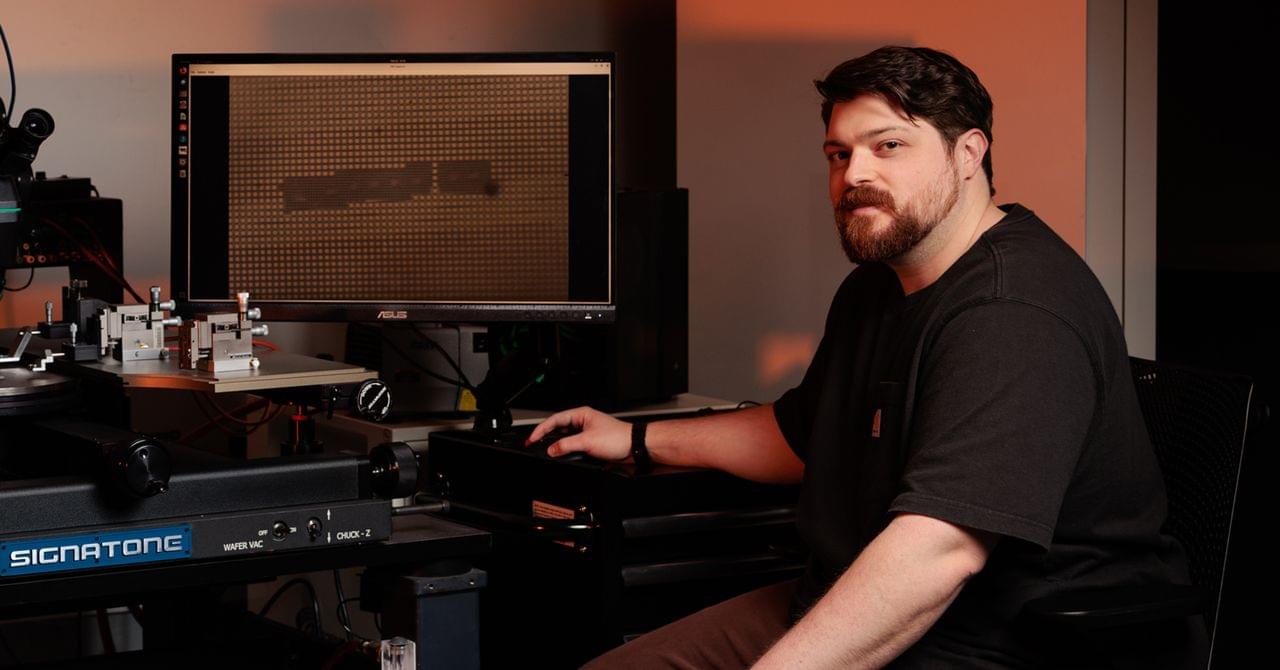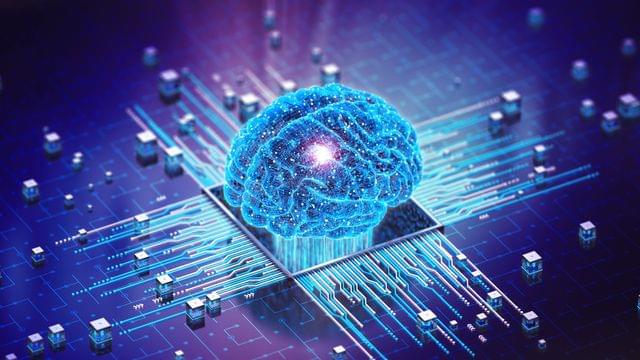Loop Capital analysts’ suggest that Apple’s alleged purchase of these servers could signal a shift in preference towards more advanced generative AI, Ananda Baruah said.
Category: robotics/AI – Page 281

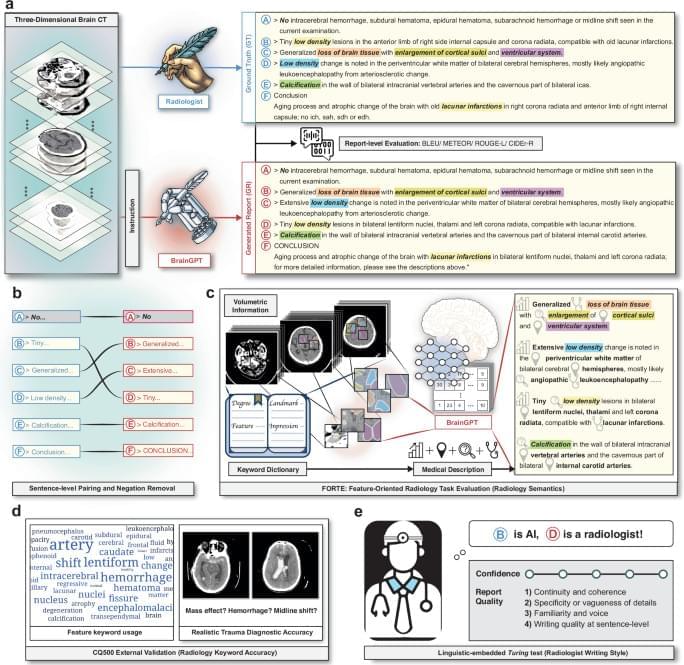
Towards a holistic framework for multimodal LLM in 3D brain CT radiology report generation
Multimodal large language models (MLLMs) hold promise for a range of medical applications. Here, the authors use MLLMs for 3D brain CT radiology report generation, demonstrating that combining anatomy-aware model fine-tuning with robust evaluation metrics establishes a comprehensive and effective framework.
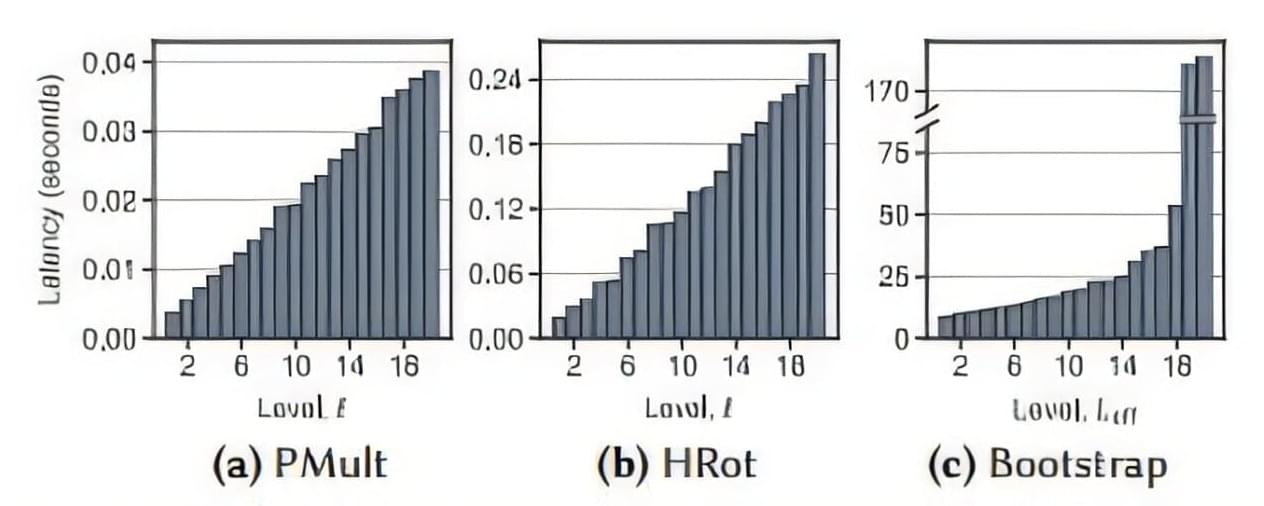
Encryption breakthrough lays groundwork for privacy-preserving AI models
In an era where data privacy concerns loom large, a new approach in artificial intelligence (AI) could reshape how sensitive information is processed.
Researchers Austin Ebel and Karthik Garimella, Ph.D. students, and Assistant Professor of Electrical and Computer Engineering Brandon Reagen have introduced Orion, a novel framework that brings fully homomorphic encryption (FHE) to deep learning—allowing AI models to practically and efficiently operate directly on encrypted data without needing to decrypt it first.
The implications of this advancement, published on the arXiv preprint server and scheduled to be presented at the 2025 ACM International Conference on Architectural Support for Programming Languages and Operating Systems, are profound.
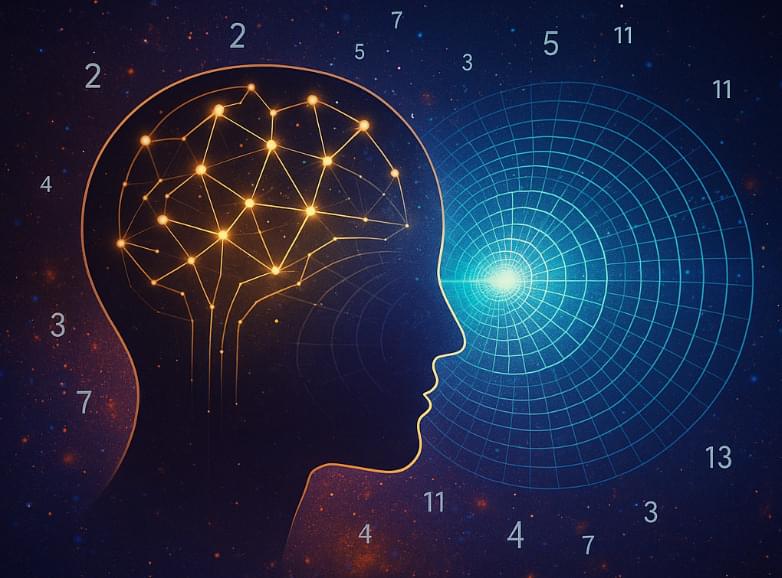
Beyond the Observable
There remain many questions — how precisely to test prime resonance coupling in the lab, how to formalize “consciousness” in a rigorous physical sense, and how to harness these insights for breakthrough technologies.
Yet the potential is vast. Non-local communication, quantum AI, and a bold reinterpretation of black holes as ultimate observers challenge us to delve deeper and rethink old assumptions.
The journey forward will require experiments that push the boundaries of quantum measurement, investigate subtle anomalies in tunneling and interference, and refine our understanding of how consciousness might operate as an entropic conductor.


